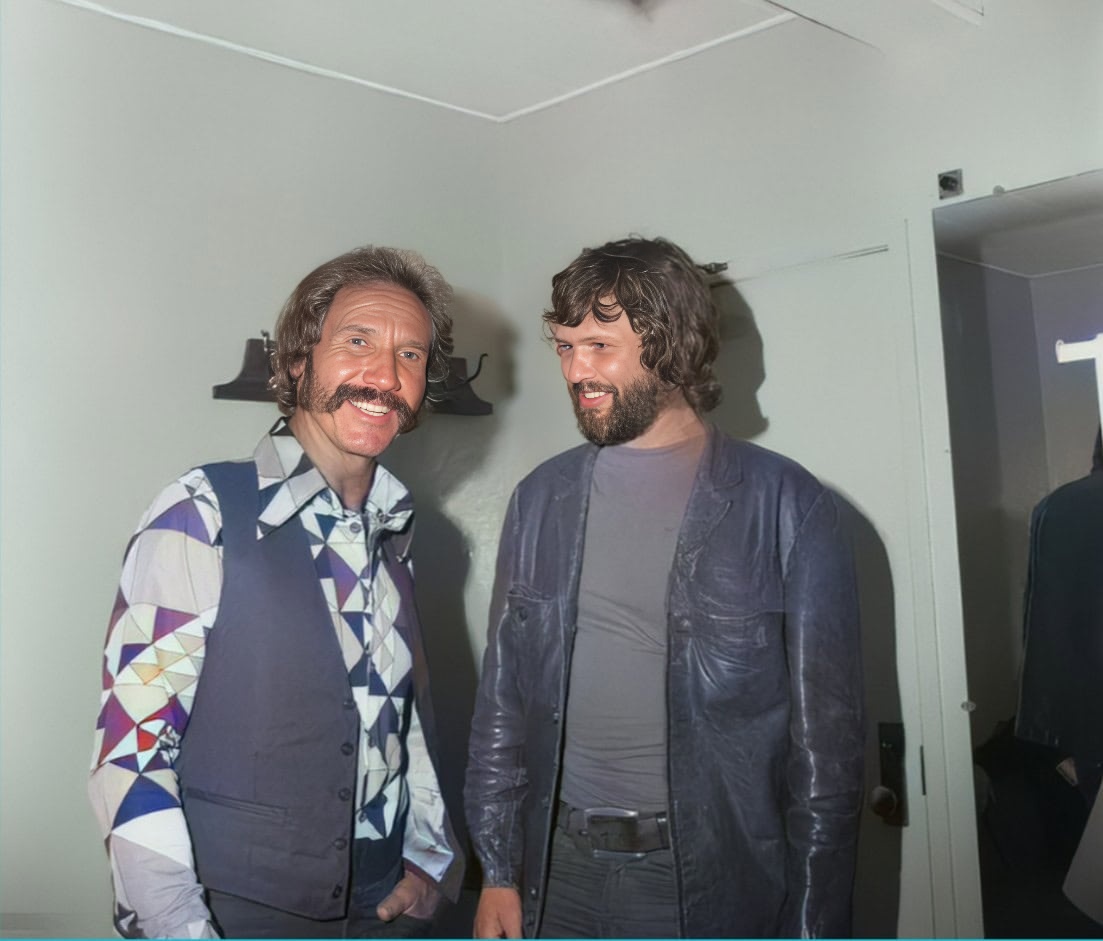
Marty Robbins, a name synonymous with country and Western music, cemented his place in history with his iconic 1959 ballad, “Big Iron.” Born Martin David Robinson in Glendale, Arizona, Robbins possessed a distinctive voice and songwriting talent that earned him numerous accolades. He topped the country charts multiple times throughout his career and was inducted into the Country Music Hall of Fame. While not strictly a Billboard Hot 100 chart-topper, “Big Iron” became a cultural phenomenon, beloved for its storytelling prowess and memorable melody.
“Big Iron” paints a vivid picture of a classic showdown in the Arizona Territory. The song tells the tale of an Arizona Ranger, armed with his “Big Iron” on his hip, facing off against the notorious outlaw Texas Red in the town of Agua Fria. The lyrics detail the tension and anticipation leading up to the gunfight, culminating in a surprisingly swift and decisive victory for the ranger. The song explores themes of courage, justice, and the romanticized ideals of the Wild West.
While the narrative is straightforward, its appeal lies in Robbins’ evocative delivery and the iconic sound of the song. The instantly recognizable guitar riff and the galloping rhythm perfectly capture the feeling of a dusty Western landscape.
“Big Iron” resonated deeply with audiences from its initial release, and its popularity has only grown over time. It’s often cited as a quintessential Western song, appreciated for its engaging story and catchy tune. Beyond its musical merits, the song has found a new generation of fans through its use in popular culture, including video games like Fallout: New Vegas, further solidifying its place in the American cultural landscape and showcasing its enduring legacy. The song’s enduring appeal continues to be a testament to Marty Robbins’ storytelling ability and the timeless fascination with the Wild West.